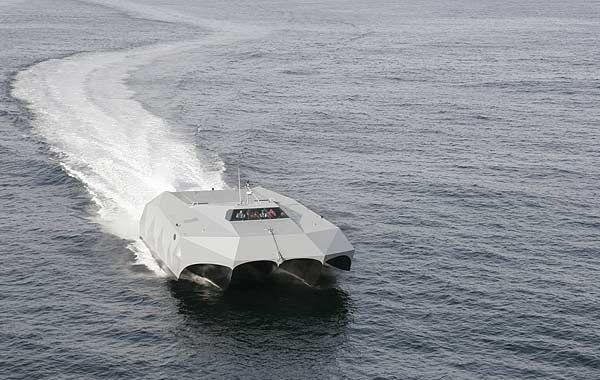The news in the Deutsche Welle is that Germany has been warning the US for a year about market failure and the need for tighter regulation:
Merkel said that she had tried to win support for greater transparency and regulation on international markets at the G-8 conference last year, but that governments including the US did not heed her.
They do not mince words in Germany about Bush’s so called “drunken” leadership:
On Sunday, Sept 21, US Treasury Secretary Henry Paulson called for other nations to set up similar rescue plans.
He did not provide further details, but US financial authorities have been working closely with their counterparts in Europe and Japan over the past 10 days to prevent a collapse of the interwoven global financial system.
[…]
“The Americans can’t make Germany accountable for their failure and their arrogance,” Poss [deputy parliamentary head of the Social Democratic Party (SPD)] said. “A similar rescue package is neither planned nor needed in Germany,” he added.
The article also points out that the current package proposed by Bush will actually lead to greater crisis during the McCain administration:
“I have doubts whether that method is really the most clever one,” Michael Meister, deputy parliamentary leader of Chancellor Merkel’s conservative Christian Democratic Party (CDU) told business daily Handelsblatt.
Meister suggested that the $700 billion bailout by the US government could lay the fundaments for the next crisis. He compared it to the massive slashing of interest rates by the US Federal Reserve in the aftermath of the terrorist attacks of Sept 11, 2001 which he said had sowed the seeds for the current turbulence in capital markets.
I have seen some analysts already starting to suggest that disasters are all part of the underlying plan of the Bush administration. More market failure and more crisis creates the ideal condition for consolidation of power as well as an argument for extreme measures. After they failed to deregulate and privatize social security through normal legal means, they are hoping to declare an emergency and force a big sell-off to “save” America from the disaster they created.


